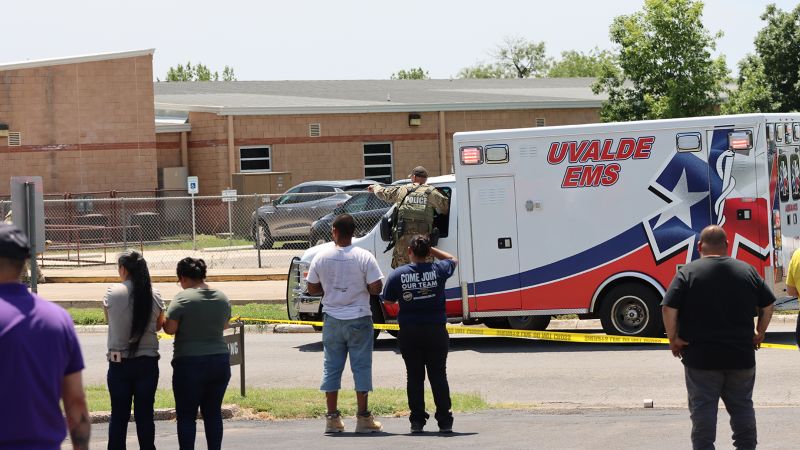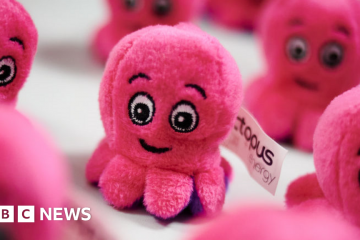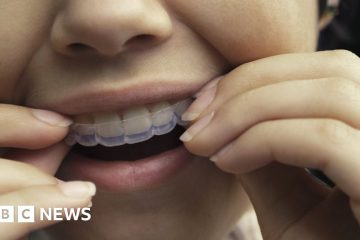CNN
—
Chilling details of the chaotic and bloody aftermath of the Uvalde school massacre show how emergency medics desperately treated multiple victims wherever they could and with whatever equipment they had, according to never-before-heard interviews.
Some came from off-duty or far away to back up their colleagues sent to Robb Elementary School, where classrooms had become kill zones but there were still lives to be saved.
There was the state trooper with emergency medical certification who always carried five chest seals with him, never imagining he would ever need them all at once; the local EMT who crouched behind a wall as gunshots rang out and was soon treating three children at the same time; and her off-duty colleague who found herself caring for her son’s classmates, not knowing if her own boy was alive.
Amanda Shoemake was on the first Uvalde EMS ambulance to arrive at the school last May 24, she told an investigator from the Texas Department of Public Safety. But with law enforcement officers waiting for 77 minutes to challenge the shooter, she spent time trying to direct traffic to maintain a lane for ambulances to get through once victims started coming out, she said, according to investigation records obtained by CNN.
“We were just waiting for what felt like a while. And then somebody … came and they were like, ‘OK, we need EMS now,’” she said in the interview, part of the DPS investigation into the failed response to the school shooting, in which 19 children and two teachers were killed. At least one teacher and two children were alive when officers finally stormed the classrooms, but they died later.
As Shoemake and colleagues reached the school building, they were told the shooter had not yet been found and could be in the ceiling, she recounted, saying how they sheltered behind a brick wall as the shooter was confronted.
“We just squatted down there and waited there until the shooting stopped,” she said. “And then after some time they brought out the first kid that was an obvious DOA.”
DPS trooper Zach Springer was one of the hundreds of law enforcement officers from across southwest Texas who responded to Robb when alerts went out for reinforcements. He had become certified as an EMT a few months earlier, he told the Texas Ranger who interviewed him.
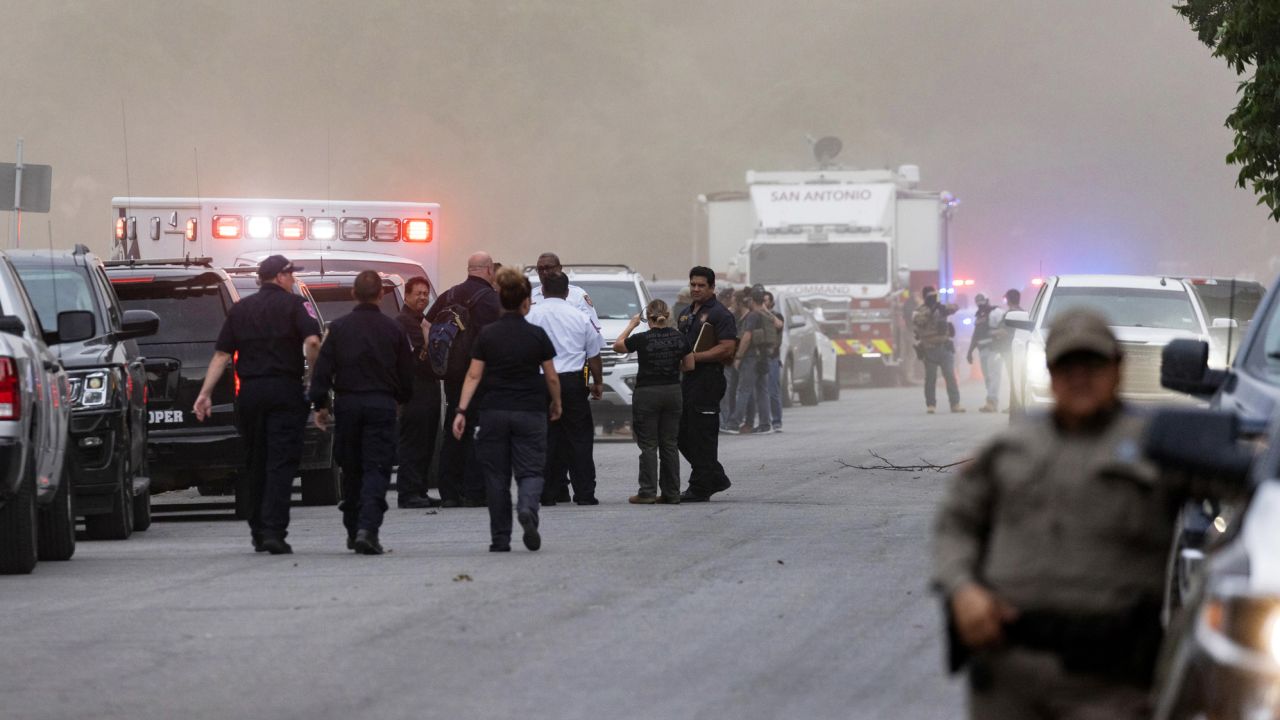
“I made a conscious decision not to bring my rifle,” he said he thought as he drove up. “I knew there were so many people up there, they’re not going to need rifles, they’re going to need med gear.”
Springer entered the school and started getting a triage area ready at the end of the hallway where armed officers from the school force, local police department, sheriff’s office, state police and federal agencies were lined up. While commanders like then school police chief Pete Arredondo, then acting city police chief Mariano Pargas and Sheriff Ruben Nolasco have given various statements about whether they knew children were hurt and needed rescue, medics from many agencies prepared for victims.
“I set up as best I could,” he said. “I put tourniquets, gauze, Israeli bandages, compression bandages, hemostatic gauze. I was like, ‘I got everything, I think.’ … I had five chest seals, which is ridiculous in my opinion, like I’ve made fun of myself – when am I ever going to need five chest seals?”
He heard the breach and then started seeing children brought out amid the smoke from the brief but intense firefight, he said.
He went to help a Border Patrol medic treating a girl shot through the chest. He said he started checking her legs for injuries when he heard colleagues ask for a chest seal. In the chaos of the response, all had been taken.
Springer said they covered the girl’s wounds with gauze, got her onto a backboard and he repeatedly told the others to secure her head as they moved her, though he later believed the young victim was too small for the carrier.
“I don’t think that they secured her head because she wasn’t tall enough for her head to be secured,” he said. And while the girl was thought to be alive when they pulled her from the classroom, she did not survive, he said.
When he ran back in, the hallway lined with posters celebrating the end of the school year had been transformed. “You could smell the iron – there was so much blood,” he said.
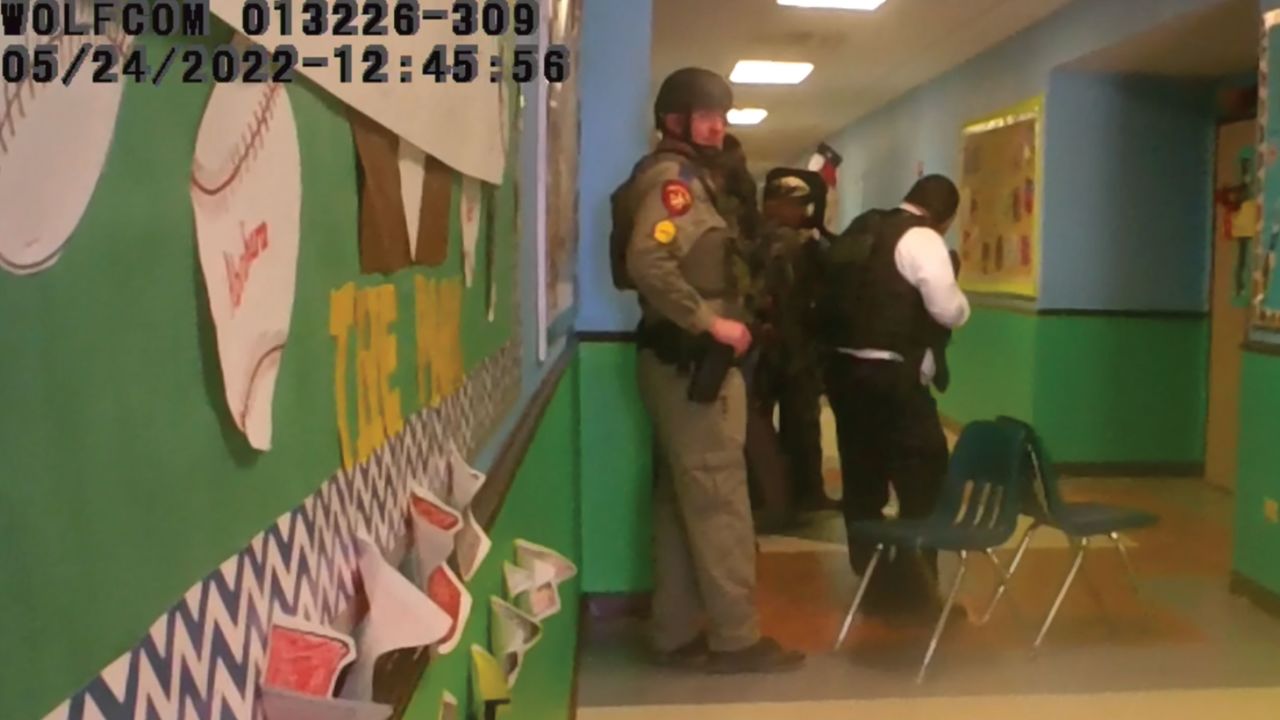
Back outside, Uvalde EMS Shoemake had put the first victim in her ambulance to hide him from the crowds of anxious parents frantic for information, when another child was brought out. She saw an unattended ambulance from a private company with its door open and no stretcher, she said.
“I had them put her on the floor of that ambulance and I started treating her there. Then while I was treating her, there was two more 10-year-old boys brought to me and so I put one on the bench and one in the captain’s seat.”
Shoemake’s colleagues including Kathlene Torres came to help and got the little girl onto a stretcher and into another ambulance, working to save her life as they first thought a helicopter would take her and then getting her to the hospital themselves, they said.
Torres told a DPS officer the girl was critically injured but still managed to share her name and date of birth. She was Mayah Zamora, who would spend 66 days in hospital before she could go back to her family. “I can still hear her voice,” Torres said.
At least two of the EMTs had been at Robb earlier in the day to see awards presented to their children. One of them, Virginia Vela, had watched her 4th-grader son at a 10 a.m. ceremony and then two hours later was corralled in the funeral home parking lot across the street from the school with her husband and other parents who were being held back by officers.
She told the DPS investigator that she was recognized as a local EMT and allowed into the funeral home to treat some children who had been hurt climbing through windows to get away from the school.
Photos show chaotic scene as Uvalde students escape
When she went closer to the school to help the other EMTs, she saw the first victim brought out, a boy who was dead, she said.
“I thought it was my son,” she said. “Once I saw his clothes, I knew it wasn’t my son, but the fear … ran through my body.”
More children came for emergency medical treatment.
“One of the kids that I had in the unit, he was shot in the shoulder. The student that I was helping up from the side of the unit, he had bullet fragments on his thigh,” she said. “And then we had another student with blown off fingers. And she was just in and out. We were trying to get her oxygen and trying to keep her alive. And I realized those were my son’s classmates and my son was not coming out.”
Vela opened the ambulance to see if more children were being brought to them. And finally, she saw her boy running from the school.
“I didn’t even run to him. I didn’t go get him. What I was thinking was ‘run buddy … get the hell away from that school, just run to the bus,’” she said. “I grabbed my phone, and I called my husband and my husband’s like, ‘I see him, I see him, he’s getting onto the bus, he’s OK.’ And I said, ‘OK, but I’ve got to stay here with these students.’ And I hung up and I continued to do my job.”
Vela told DPS she remembered a little more of the day after she knew her son was safe, but it was still a blur as she worked with Shoemake and the others, writing a child’s vitals on their arms and getting them on their way – load and go, load and go.
And once the emergency work was done, she had an important question.
“I asked my partner, ‘Did I freeze? Did I even help you?’ She goes, ‘Yes, girl. You were like jumping from unit to unit, helping everybody that was coming out,’” Vela said. “And I was like, I need to know this. I need to know that I continued doing my job.”
Note:- (Not all news on the site expresses the point of view of the site, but we transmit this news automatically and translate it through programmatic technology on the site and not from a human editor. The content is auto-generated from a syndicated feed.))
